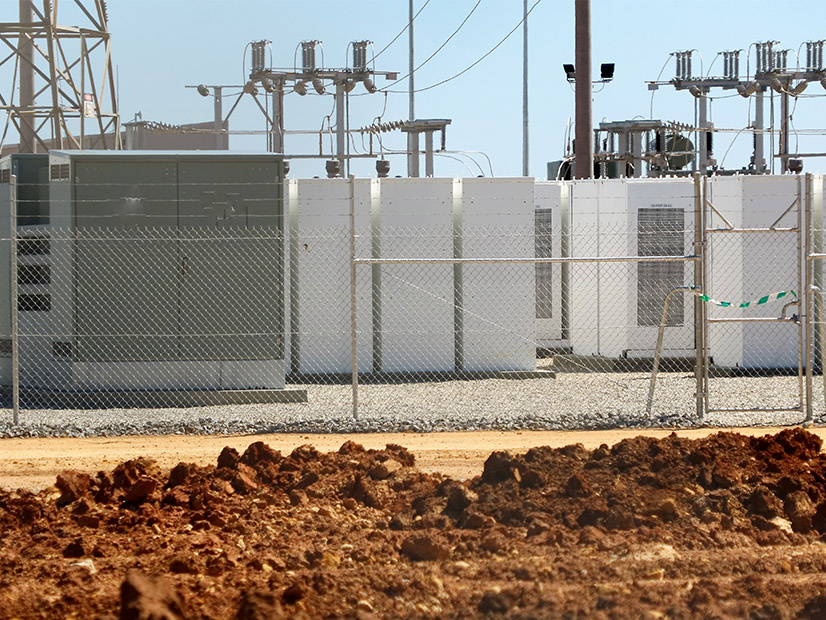FERC last week approved CAISO’s proposed tariff changes resulting from the fourth phase of the ISO’s energy storage and distributed energy resources (ESDER) stakeholder initiative, a five-year effort to promote participation by storage, DERs and demand response in its markets (ER21-2779).
CAISO presented its ESDER Phase 4 changes to stakeholders in August 2020. Following a yearlong vetting process and approval by its Board of Governors, the ISO filed three proposed tariff revisions with FERC on Aug. 27, all of which the commission accepted on Oct. 26. (See CAISO Finalizes ESDER Phase 4 Proposal.)
One change applies market power mitigation to energy storage. Another creates biddable state-of-charge parameters for storage resources, and a third enables DR resources to specify maximum daily run times.
CAISO said it needs time to implement the changes as it makes “substantial software enhancements,” but it expects to do so by Dec. 1.
Energy storage has been exempted from CAISO’s market power mitigation rules so far, but batteries are becoming a vital part of California’s resource mix as it shifts to more renewables. Storage is expected to play a growing role in providing essential power during hot summer evenings as solar wanes but demand remains high, the so-called net peak. (See CAISO Sees ‘Explosive’ Growth in Storage in July.)
CAISO “currently has over 1,000 MW of energy storage resources in its markets and anticipates close to 2,000 MW by the end of the year,” FERC said. “In addition, CAISO states that energy storage resources are operating differently in CAISO markets than they have in the past: Whereas they generally provided regulation to maintain system frequency rather than energy previously, CAISO has observed that energy storage resources have increasingly been charging and discharging in response to energy prices and tend to discharge most of their energy during the net demand peak.”
FERC agreed that the situation called for new oversight. “As energy storage resources play an increasingly significant role on the CAISO system, it is imperative that CAISO ensure competitive participation by these resources and have a mechanism to mitigate any potential exercise of market power,” it said.
The biddable state-of-charge parameters came from storage operators requesting additional means to manage battery participation in the real-time market.
“CAISO explains that while the day-ahead market optimizes resources across the entire operating day, the real-time market dispatches resources based on system supply-and-demand conditions and prices available in a shorter temporal horizon,” FERC said. “CAISO explains that while dispatching an energy storage resource to meet real-time load may be economically efficient in the short term, it can affect the resource’s ability to meet its day-ahead schedule over the remainder of the day.”
DR resources need to be able to specify maximum daily run times so they’re not overused, CAISO said.
“Demand response providers currently do not have any optional master file or bidding parameters that allow them to manage daily run time maximums, and they instead rely on careful bidding and scheduling strategies to avoid being dispatched outside their constraints,” FERC said. “CAISO states that without a maximum daily run parameter, demand response resources may receive too many dispatches in an operating day, preventing them from providing demand response when needed.”
Commenters generally supported the revisions, though CAISO’s Department of Market Monitoring expressed concerns with some elements, including “that demand response resources providing resource adequacy could use the maximum daily run-time parameter to limit resource availability.” It said CAISO should “monitor the effects of implementing these changes” and make changes as needed.


